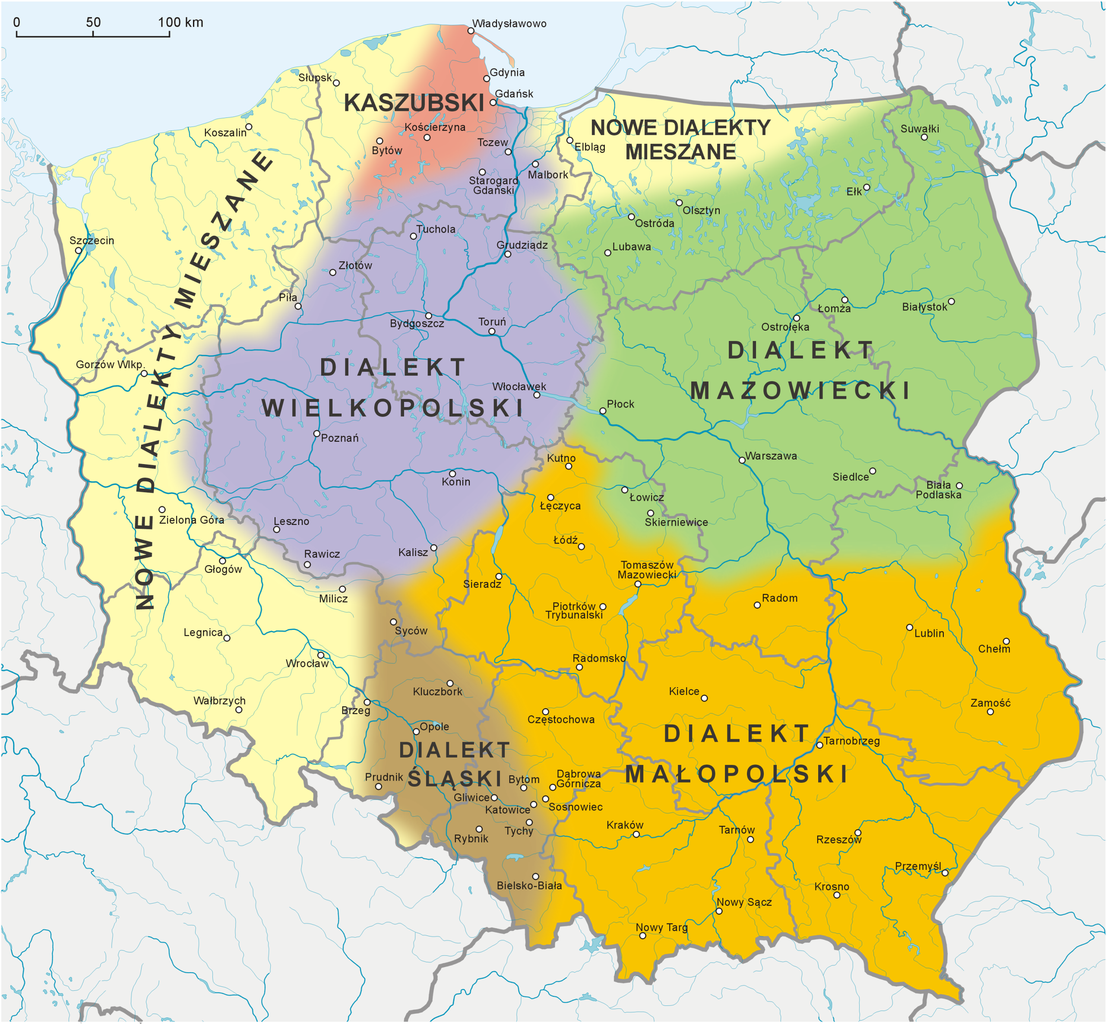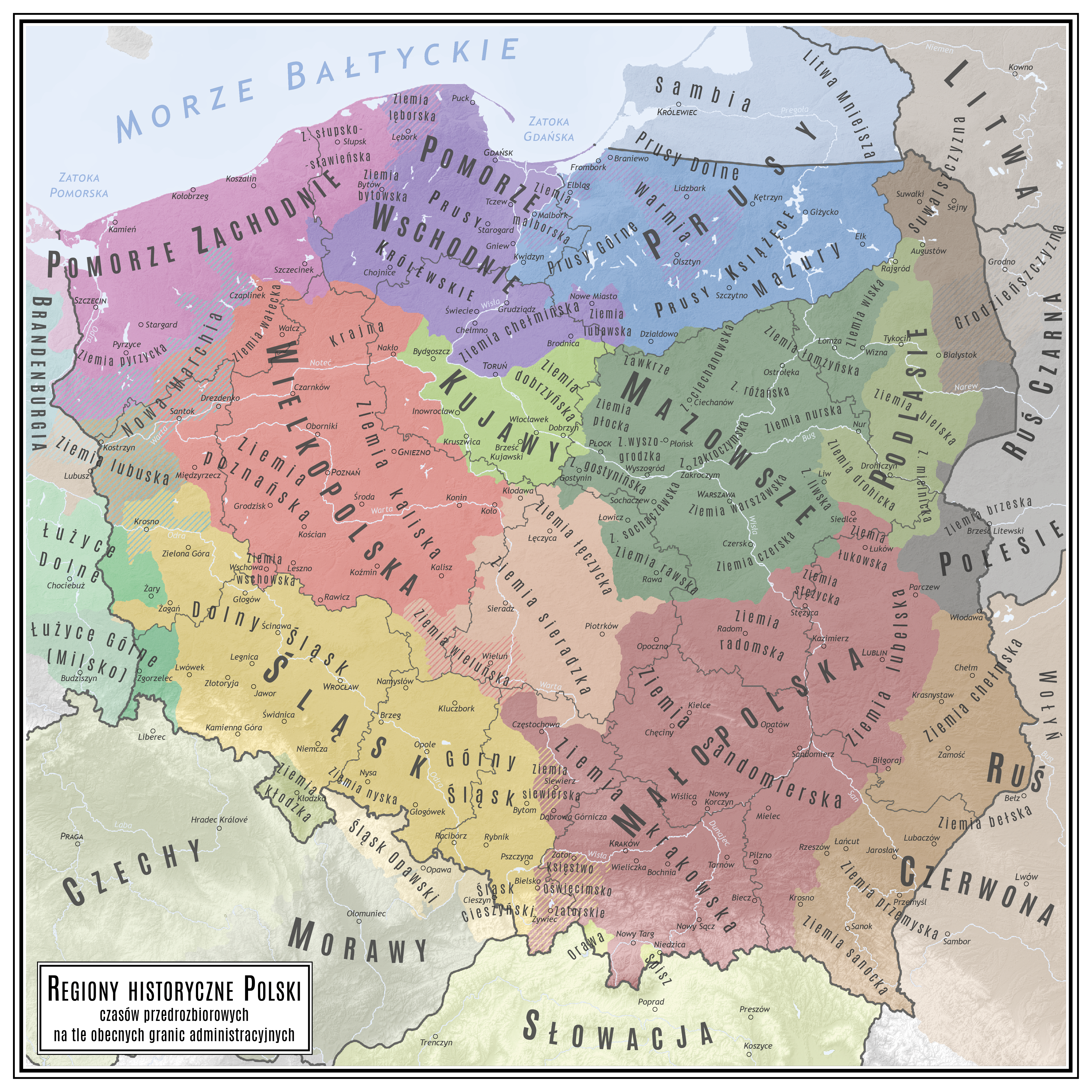I'm not contesting that the amber existed in this time frame, I'm just saying it seems to not have been exploited systematically or at scale, or that it was known as a source of traded amber, aside from some prehistoric use (unlike Baltic amber, which was very much exploited, and we have mountains of historical examples, from trade routes to period jewelry, that Baltic amber was an exploited good in the time frame of the game).
I don't see much sense in a trade good that wasn't mined (just maybe opportunistically collected by locals) until well into present day.
But hey, that's just my opinion, I guess the devs did research on this.





